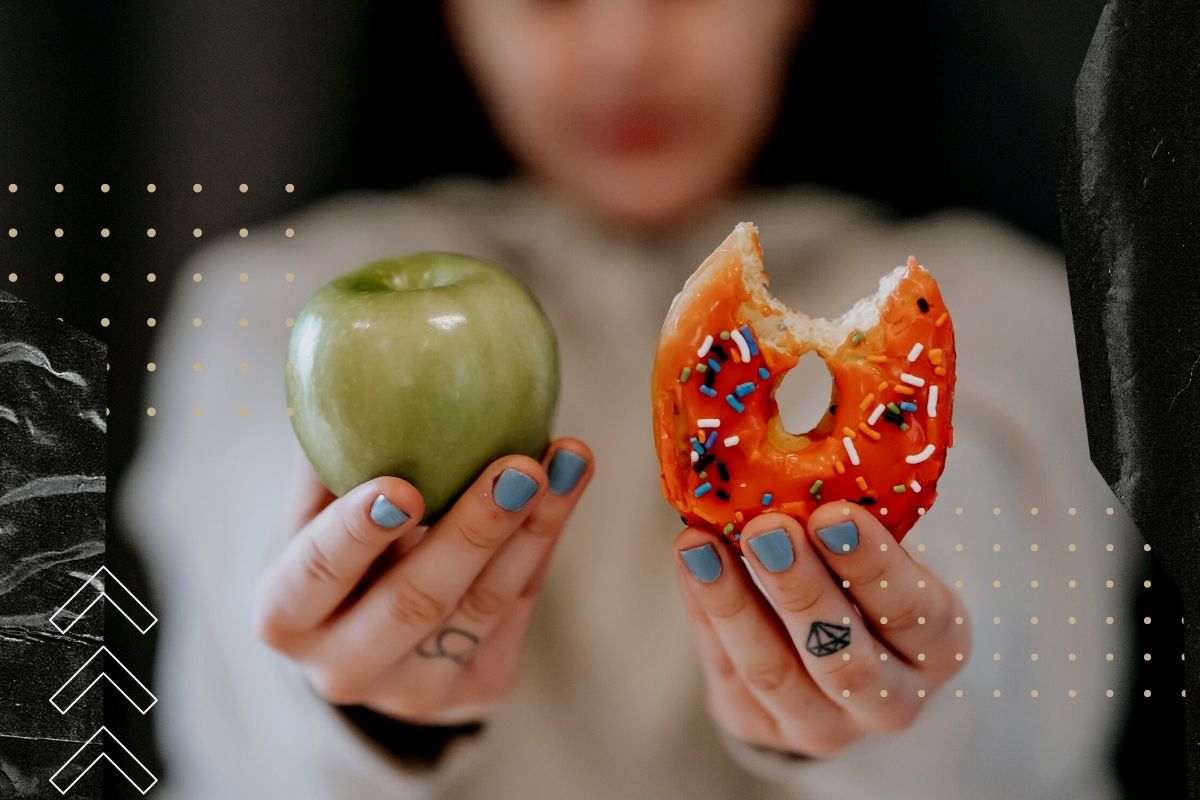Intermittent fasting can be a great strategy for weight loss if done correctly. It is a way of eating where you alternate periods of fasting and feeding (or eating).
Intermittent fasting means not eating from one meal to the next, or from one period of time to the next. Typically, this involves restricting energy intake to just a few hours per day, for example between noon and 6 p.m., or another set timeframe (see more details below).
Intermittent fasting does not mean going without food for an extended period of time. You don’t need to “Prep” to break a fast; it’s simply not eating for a period of time (usually 16-20 hours). Some people prefer calling it “Alternate Day Fasting” instead of Intermittent Fasting.
The latter implies that you are fasting on some days and eating regularly on others — which isn’t correct.
What Is The Best Time To Fast?
When it comes to intermittent fasting, there is really no “best time” to do it. You can fast at any time of the day or night, although some prefer doing it first thing in the morning (when the body’s cortisol levels are naturally lower) to minimize hunger pangs.
Most people prefer fasting in the evening and night hours, as this is when we are less active, and therefore burning fewer calories — which can be an advantage when trying to lose weight by fasting. But there is no right or wrong time to do intermittent fasting.
You can choose whatever works best for you. The important thing is that it is an eating pattern you can maintain, and it is something you can live with for the long term.
Who shouldn’t try intermittent fasting?
There are certain people for whom intermittent fasting is not advised. If you have diabetes, any other type of metabolic disorder, or struggle with blood sugar control, then intermittent fasting may not be the best eating strategy for you.
If you are underweight, have an eating disorder, or have a history of disordered eating, then you should probably avoid intermittent fasting.
How to fast correctly?
There is no right or wrong way to fast, but there are some things you can do to make it easier and more efficient. For example, make sure to drink enough water throughout the day, especially during your fasting period.
Make sure you get enough sleep to ensure that your brain and body are functioning at peak performance. Make sure you are getting the right nutrients from whole foods, and that you’re consuming enough protein. Find out what works best for you, and experiment with various strategies.
How To Break A Fast
When you break a fast, it is important to eat quality clean foods to ensure your body gets the right nutrition it needs. Don’t go all out and binge eat, as this will likely cause weight gain. Instead, break your fast with a small meal that is high in protein.
Depending on the length of your fast, you can have a bigger meal afterward. When breaking a fast, it is important that you eat nutrient-dense foods. This means that the foods you’re eating are rich in micronutrients, minerals, vitamins, and other essential nutrients that your body needs.
What To Eat When Breaking A Fast
When breaking a fast, you should eat foods that are rich in essential nutrients and healthy fats. Some examples include:
- Whole grains: oats, quinoa, barley, amaranth, etc.
- Vegetables: Spinach, kale, broccoli, etc.
- Legumes: beans, lentils, chickpeas, etc.
- Nuts and seeds: almonds, walnuts, sunflower seeds, etc.
- Dairy products: low-fat yogurt, low-fat milk, etc.
- Healthy fats: avocado, coconut oil, virgin olive oil, flaxseed oil, etc.
- Protein-rich foods: lean poultry, fish, eggs, etc.
- Healthy snacks: fruits, chia seeds, hemp seeds, pumpkin seeds, etc.
Common Mistakes When Breaking A Fast
Here are some common mistakes people make when breaking a fast — and how to avoid them:
- Don’t overdo it on the calories.
- Some people eat so much when breaking a fast that they end up exceeding their daily caloric intake. Be careful not to overeat and gain weight.
- Eat just enough to replenish lost nutrients and no more.
- Don’t eat processed foods
- Many people make the mistake of breaking their fast with foods that are high in sugar, sodium, or other unhealthy ingredients. Make sure you eat real foods when breaking a fast, and not processed snacks and foods.
- Don’t wait until you’re starving. People let their hunger get out of control before they break their fast. Others force themselves to wait until a certain time before eating a meal. These are not the best strategies and can actually make breaking a fast more difficult.
Bottom line
Intermittent fasting is a great strategy for weight loss if done correctly. It is a way of eating where you alternate periods of fasting and feeding (or eating).
When breaking a fast, it is important to eat real foods and not go overboard on the calories. Don’t wait until you’re starving before breaking your fast, and don’t overdo it on the calories.





